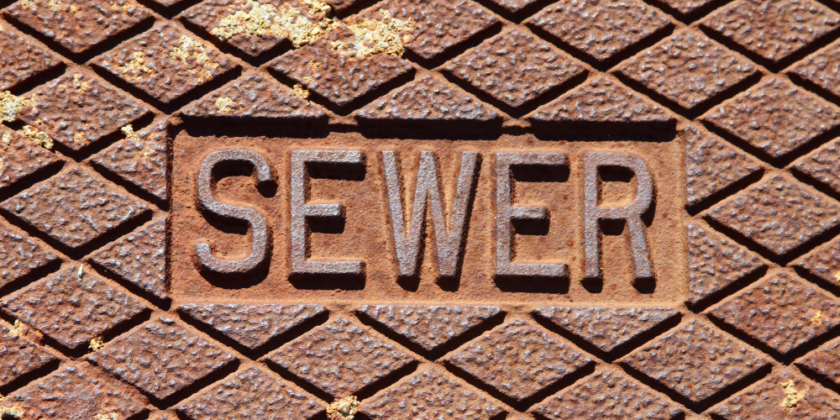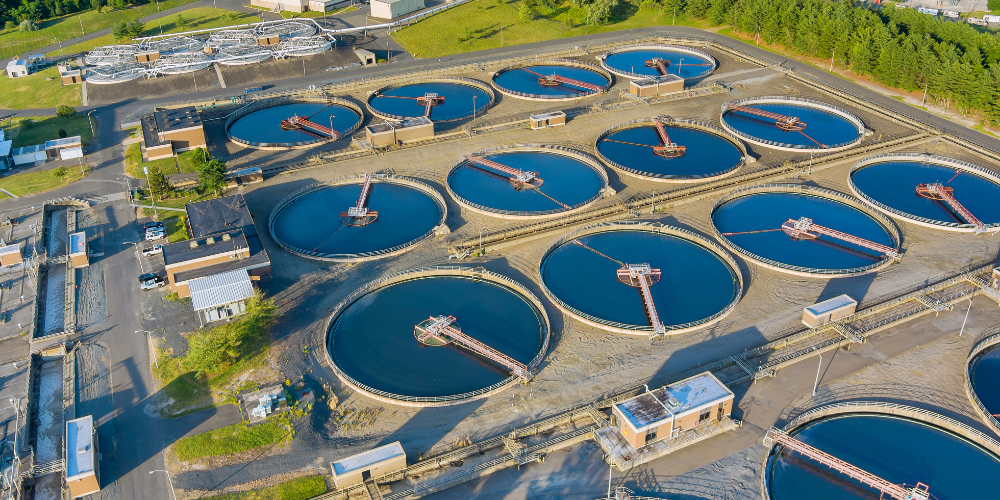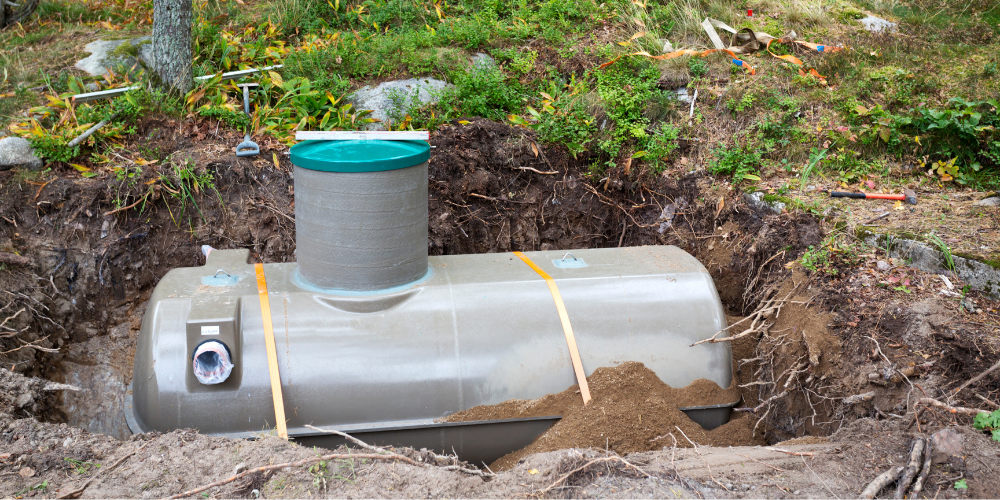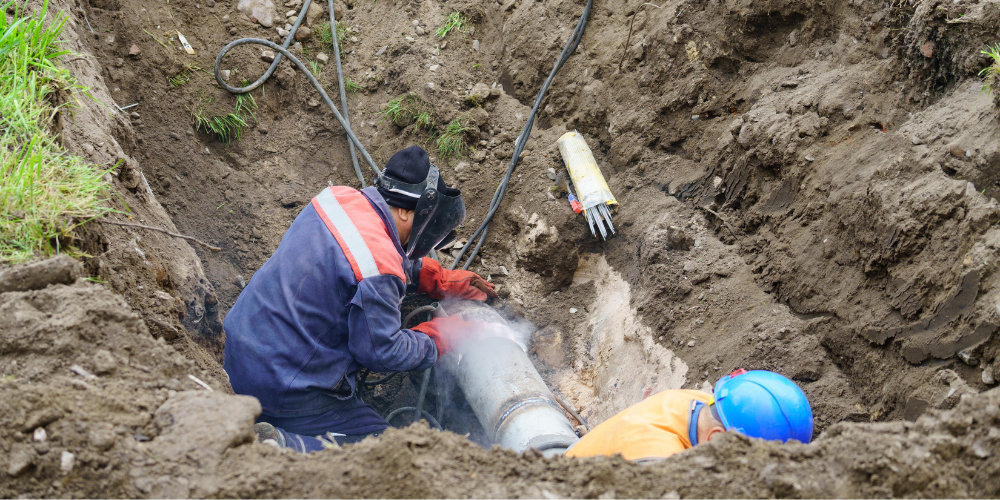
Wastewater Woes in Suburban Adelaide
A Tight Squeeze for One of Our Clients in Hope Valley.
Most developments within the Adelaide metro area are fairly simple when it comes to waste water. It normally involves adding connection points to the SA Water Sewer Main and directing all waste to this point. However, in some areas of the metropolitan area, it is not quite this simple. Let’s explore one of our recent projects in Hope Valley to see how wastewater connections can affect development when it is not quite so simple.

In some fringe metropolitan areas such as the North-Eastern suburbs, there is a transition taking place from Council operated common effluent (CWMS) to SA Water operated sewer mains. This means that the infrastructure in some of these suburbs is scheduled to be upgraded, rerouted or altered so that it can become a sewer main. Long term, this is a great thing for developers and will simplify wastewater connections for future development. Short term, this can cause headaches!
In areas where the transition is scheduled, timelines can be awkward. Often this transition is scheduled for months or years in the future and means developers have a tough choice. Either wait it out for the sewer conversion to be complete or propose the development using the existing infrastructure. This may mean spending thousands on septic tanks which will be obsolete in only a year or two post development. The alternative for many developers is hold the property until the upgrades are complete, which can result in thousands of dollars more in holding costs.

Our Hope Valley client was proposing three terrace dwellings when facing this issue. After reviewing the timelines, our client elected to proceed with installation of the septic tanks as part of this proposal. In order to squeeze on the septic tanks in the front yard, alterations to the dwelling plans were required. Luckily in this case the dwellings were able to be moved backwards and internal modifications were limited. This still meant reducing the size of the rear yard in order to increase space in front of the dwelling to house the septic tank. In all likelihood, these septic tanks will not be required shortly after construction.
Our client was lucky to get away with minor modifications in order to eventually have approval granted for their terrace dwelling development. If the site was slightly tighter, it may not have been possible to achieve approval, and holding the property until upgrades were complete or selling on may have been the only option. Unfortunately, it is not always easy to know when a property is affected by these issues, so it is important to stay vigilant and ask the question if you think a property may be affected by transition to SA Water sewer.

To follow along and find out more about planning issues, hear client stories or learn more about the development process make sure to follow any of our social media channels to stay updated.





